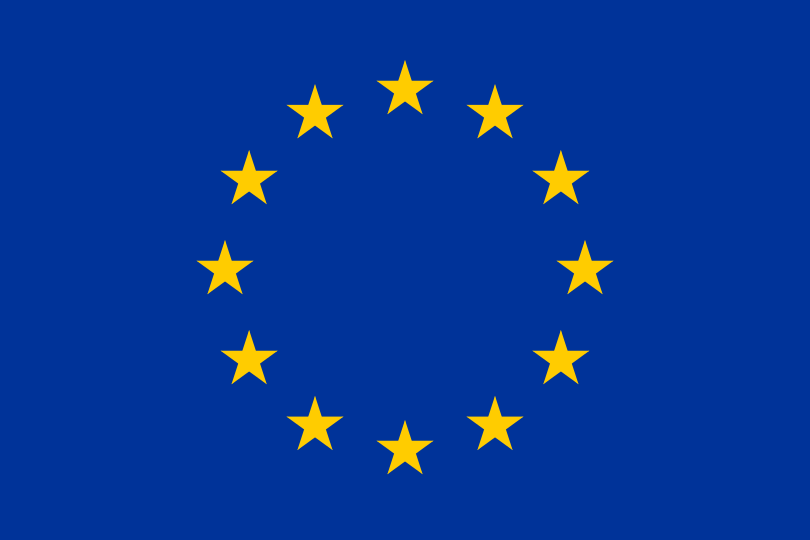For many regions, it is now a race against the clock in an attempt to reverse environmental damages caused by various industries. Such efforts have become increasingly apparent within the European Union (EU), which has been drastically scraping together an array of legislations over the past year to tackle eco-issues in a bid to right the wrongs of past transgressions reports FashionUnited.
One industry that has been a central focus of these current and future regulations is the fashion sector, infamously known for its polluting practices, ethical dilemmas and lack of accountability. Next to laws and regulations that look to lessen the effects of microplastics and deforestation, the European Commission has also put forward a proposal under the new Ecodesign for Sustainable Products Regulation (ESPR), described by the Commission as the cornerstone of its approach to more environmentally sustainable and circular products. The rules of the bill will apply to all products placed on the EU market, whether produced inside or outside the EU. Alongside a framework to strengthen the complacency to ecodesign requirements, the bill would also introduce a digital passport for a variety of products, including textiles.
What is the Digital Product Passport?
Officially titled the Digital Product Passport (DPP), the tool will require brands to collect and share data from a product’s entire lifecycle accessible in the form of a ‘digital twin’. While the concept and operational aspects of the DPP continues to evolve, in its initial format it will highlight the sustainability, environmental and recyclability attributes of a product, as well as its manufacturing process and sourcing. Its base is rooted in the blockchain, a decentralised technology which aims to ensure that such data is secure and easily accessible to the end-user. The data can then be accessed by a care label – QR code or barcode – which a customer can scan to view the information provided.
Categories that the DPP will feature include general product information, covering elements such as ID, weight, manufacturing facility and reference numbers, and source, which refers to the type of raw material used for the product’s creation and their origins. Additionally, footprint will also be highlighted, offering up data on the product’s carbon footprint profile, as will ownership, touching on details of the product’s past and current owners. Information on repairs, warranties and instructions – in regards to disassembly, recycling and other processes – will also be included.



Recent Comments